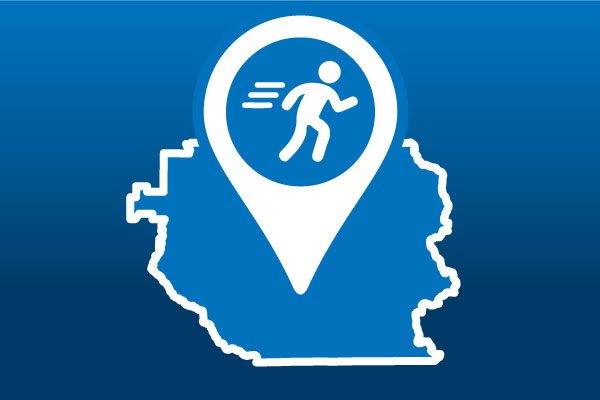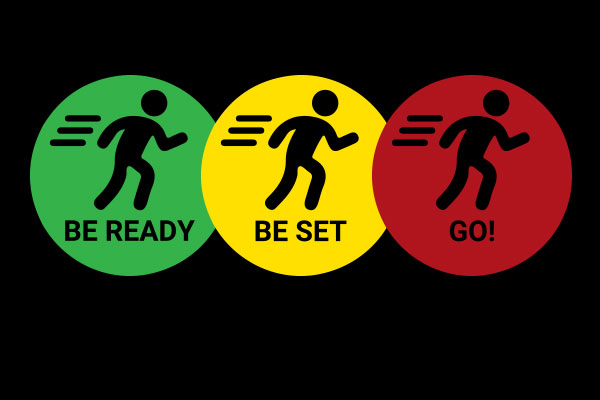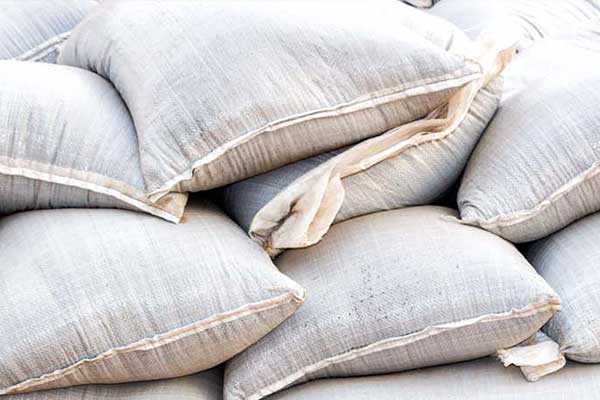Multnomah County will conduct a Wireless Emergency Alert (WEA) test on Thursday, Aug. 14. Some Clackamas County residents may receive this alert. This is a system test to assess emergency alert capabilities – no action is required from the public. Please DO NOT call 9-1-1 during the test, except for life-threatening emergencies. Learn more.
Sign up for emergency alerts from Clackamas County to be informed before, during, and after incidents.
When evacuation orders occur, we will post evacuation levels on this map.
Know the types of evacuation orders that you may experience and make a plan in advance.
Sites have a limited quantity of bags on hand.

Evacuation Shelters
Shelter locations will be listed here, if activated.

Flooding Preparedness
Learn more about preparing for flooding.
 Translate
Translate









